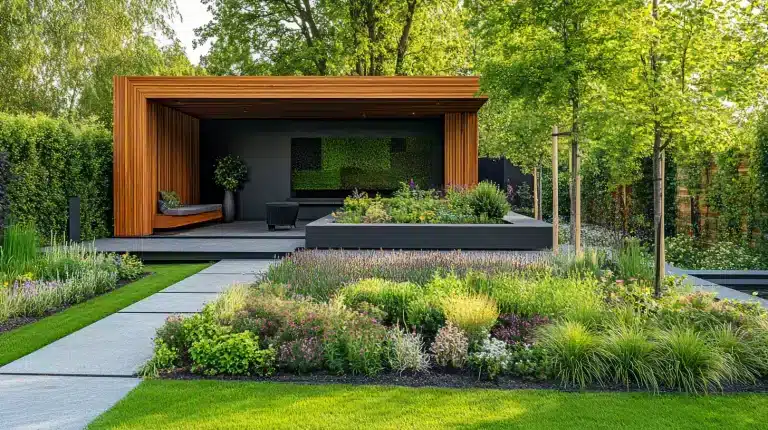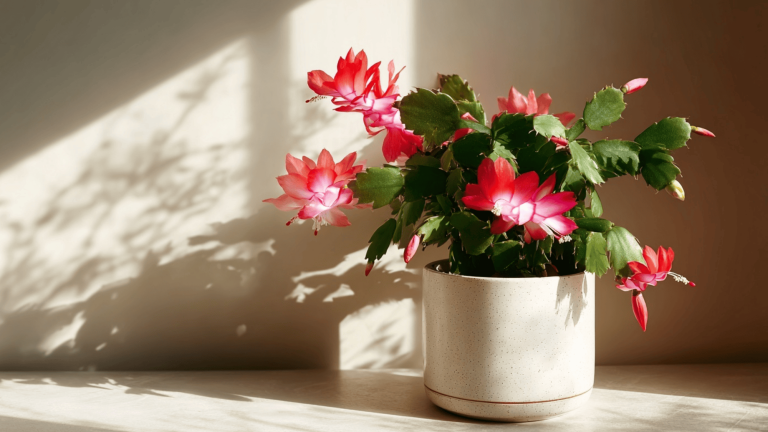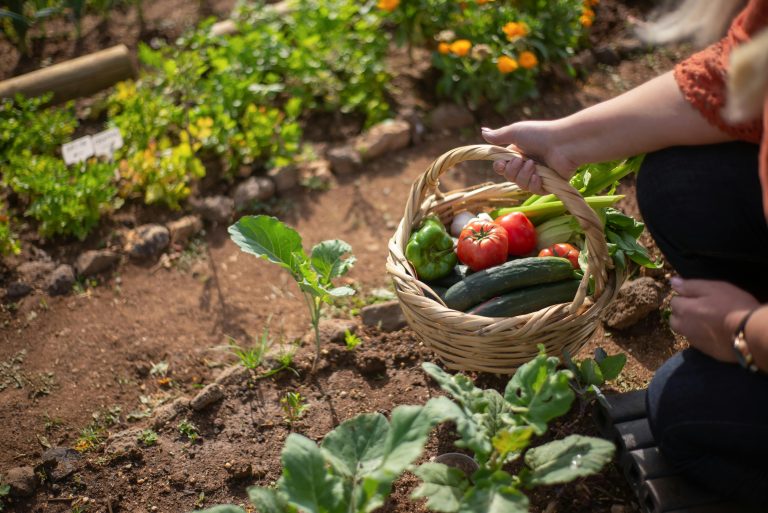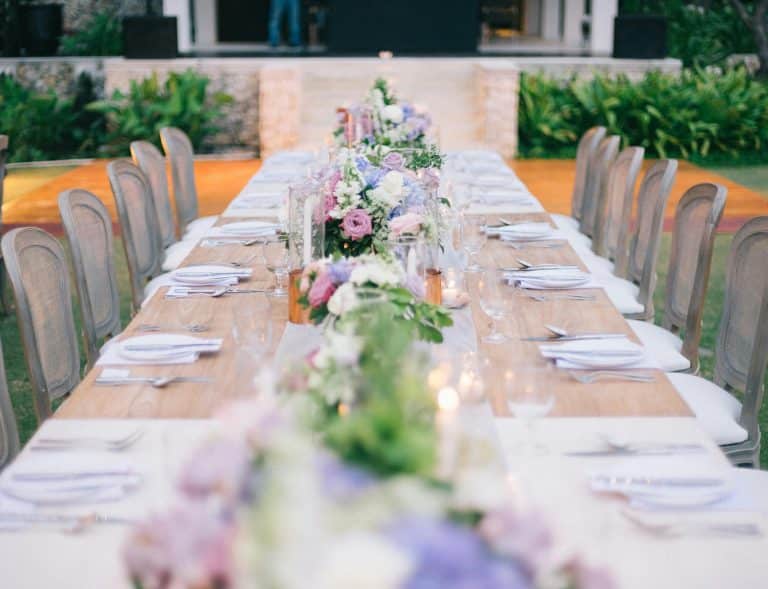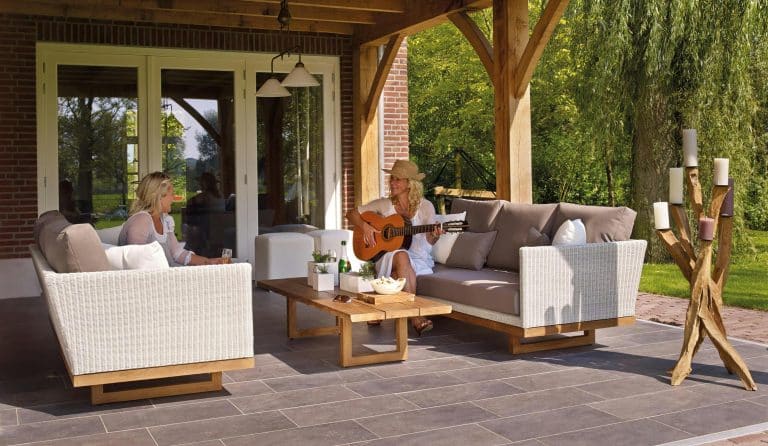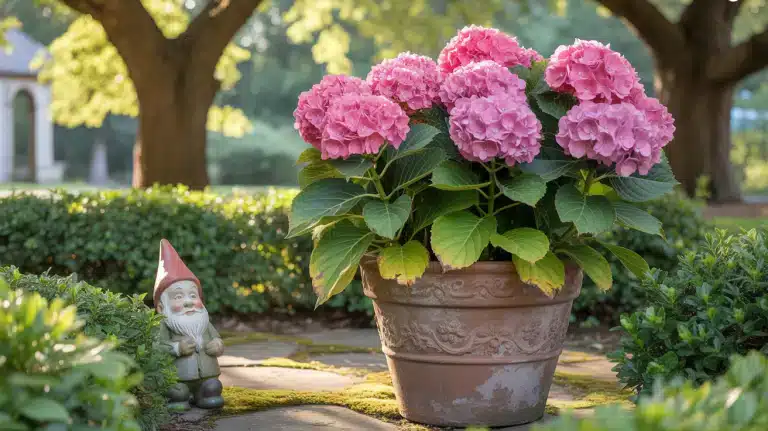Gardening is more than just a hobby; it’s a way to express creativity and bring life to your outdoor space. If you’ve been dreaming of transforming your garden but are worried about the costs, you’re in the right place.
This blog post will show you how to revamp your garden without blowing your budget. Whether you’re a DIY enthusiast, a garden lover, or a homeowner seeking inspiration, these tips will guide you through cost-effective ways to achieve a garden makeover.
Understanding Your Garden Goals
Before rolling up your sleeves, it’s essential to define what you want to achieve. Are you looking to create a serene retreat, a space for entertaining, or a vibrant vegetable patch?
Knowing your goals helps you plan and budget. Write down your vision and list the elements you wish to incorporate. This simple exercise can clarify what you want and what you can realistically achieve on a budget.
Consider the time and effort you’re willing to invest, as well. A garden renovation requires dedication, but it can be immensely satisfying. Knowing your limits helps prevent burnout and keeps the project enjoyable. If you’re short on time, focus on small, impactful changes that won’t overwhelm you.
Incorporating personal touches into your garden enhances its beauty and makes it yours. Think about incorporating elements that reflect your personality, like a color scheme or specific plants that hold sentimental value. Personalizing your garden doesn’t have to be expensive, but it does make a world of difference.
Planning and Design
A well-thought-out plan can save time and money. Start by sketching a rough layout of your garden and decide where each element will go.
Use online tools or apps designed for garden planning to help visualize the space. This approach helps in utilizing every inch of your garden wisely and avoids costly mistakes.
While planning, consider how the sun moves across your garden throughout the day. This information is crucial for deciding where to plant flowers or position seating areas.
Sunlight patterns affect plant growth and the usability of your space. Having this knowledge helps ensure a thriving garden without unnecessary expenses.
Incorporate different zones within your garden design. Designating areas for specific activities like dining, planting, or relaxation can make your garden more functional and enjoyable.
By planning zones, you can focus resources on key areas, enhancing your garden’s overall appeal without overspending.
Choosing Cost-Effective Materials
Selecting the right materials is crucial for a budget-friendly renovation. Opt for durable, long-lasting materials that require minimal maintenance.
For example, gravel is an affordable choice for pathways, and recycled wood can be used for planters or benches. These alternatives not only save money but also add a unique charm to your garden.
Consider using second-hand items or upcycling materials you already own. Scouring local markets or online platforms like Craigslist can yield great finds at a fraction of the cost.
Upcycling old furniture or containers into garden elements is an eco-friendly and creative way to transform your space.
Cost-effective doesn’t mean compromising on quality. Research different suppliers and compare prices before making any purchase. Take advantage of seasonal sales or discounts, and don’t hesitate to negotiate for better deals. Being savvy about shopping can significantly reduce renovation costs.
Incorporating DIY Projects
DIY projects are a fantastic way to personalize your garden and keep costs low. You can build your own raised beds, create unique planters, or craft garden decorations.
With countless tutorials available online, even novice DIYers can create impressive pieces. These projects don’t just save money; they add a personal touch to your garden.
Start small with DIY tasks like painting old pots or making simple garden markers. These tasks build confidence and inspire you to tackle more significant projects over time.
Plus, DIY projects are an excellent way to involve family or friends, turning renovation into a fun, collaborative effort.
Reusing materials from previous renovations or projects is a great way to save further. Old bricks or stones can be repurposed into garden borders or pathways.
With a little creativity, you can transform everyday items into eye-catching garden features, keeping your budget intact.
Smart Plant Selection
Choosing the right plants is crucial for both aesthetics and budget. Opt for perennials, which come back year after year, saving you money on replanting.
Native plants are another excellent choice; they’re adapted to local conditions, requiring less water and maintenance, which reduces costs.
Before buying, research plants that suit your soil type and climate. This ensures that your garden flourishes and minimizes the risk of plant loss.
Visiting local nurseries or garden centers for advice can provide valuable insights and help you make informed decisions.
Consider starting from seeds rather than buying mature plants. Seeds are significantly cheaper and provide a sense of accomplishment as you watch them grow. Additionally, swapping seeds or cuttings with friends or neighbors is a budget-friendly way to diversify your garden.
Creating a Focal Point
Every garden benefits from a focal point, an element that draws the eye and adds interest. It could be a water feature, a statue, or a striking plant arrangement.
Creating a focal point can often be achieved with minimal investment but adds maximum impact to your space.
Consider using existing elements creatively to form a focal point. An old tree stump can be transformed into a unique planter, or a simple birdbath can add charm and attract wildlife. Assess your garden for potential focal points before purchasing new items.
Lighting can also serve as an excellent focal point. Solar-powered garden lights are affordable and easy to install, enhancing the ambiance without incurring electricity costs. Strategic lighting highlights key areas of your garden and extends its usability into the evening.
Using Mulch and Compost
Mulching and composting are simple yet effective ways to improve garden health and reduce costs. Mulch helps retain soil moisture, suppress weeds, and improve soil quality, saving on water bills and minimizing labor. Use organic materials like bark or leaf litter for mulching.
Composting kitchen waste and garden debris creates a nutrient-rich material that improves soil fertility. This reduces the need for commercial fertilizers, cutting costs and promoting a sustainable garden. Setting up a compost bin is easy and beneficial for both your garden and the environment.
Both mulching and composting contribute to a healthy, low-maintenance garden. By implementing these practices, you enhance the vitality of your plants and reduce the overall cost of garden care. Plus, they align with eco-friendly principles, making your garden greener in more ways than one.
Maximizing Space with Vertical Gardening
Vertical gardening is a clever technique for maximizing space, especially in smaller gardens. Growing plants upwards can create stunning visual effects and increase your planting area without requiring additional ground space. It’s perfect for herbs, flowers, and even vegetables.
Utilize walls, fences, or trellises to support climbing plants or hanging containers. DIY vertical structures can be made from pallets or pipes, offering a cost-effective solution for garden expansion. Vertical gardening not only saves space but also adds a dynamic element to your garden.
Consider the sunlight and wind exposure when setting up vertical gardens. Some plants thrive in shaded vertical spaces, while others need full sun. Carefully choosing plants based on their requirements ensures success in your vertical garden venture.
Adding a Shed to your garden
Sheds are versatile additions to any garden, providing storage or even acting as a focal point. Using an Easy Shed discount code can make adding a shed more affordable. Look for seasonal offers or special promotions to maximize savings.
Consider the purpose of your shed to determine its size and style. Whether you need it for storage, a hobby space, or a potting area, planning ensures that it meets your needs without unnecessary expense. Sheds can also be customized easily, reflecting your garden’s theme.
Position your shed strategically to complement the garden design. Incorporating it into the landscape seamlessly enhances both aesthetics and functionality. A well-placed shed can serve as a backdrop for garden displays or a sanctuary for outdoor relaxation.
Bringing in Wildlife
Inviting wildlife into your garden adds a dynamic, lively element. Birds, bees, and butterflies not only bring joy but also contribute to pollination and pest control, benefiting your garden’s ecosystem. Creating habitats for wildlife doesn’t have to be expensive.
Bird feeders, bee hotels, and butterfly-friendly plants are affordable ways to attract wildlife. Most of these can be made from recycled materials or inexpensive supplies. Providing water sources, like a simple dish or birdbath, further encourages wildlife visits.
Research local wildlife preferences to provide appropriate attractions. Native plants and flowers are particularly effective in drawing wildlife, supporting local species and enhancing biodiversity. By welcoming wildlife, you enrich your garden’s vibrancy and ecological balance.
Maintaining Your Renovated Garden
Regular maintenance is key to preserving your garden’s new look. Set aside time each week for weeding, watering, and general upkeep. Simple tasks like deadheading flowers or trimming hedges keep your garden tidy and thriving.
Create a maintenance schedule to ensure consistency. Routine checks prevent issues from escalating and maintain your garden’s beauty. Maintenance doesn’t have to be time-consuming; small efforts can lead to significant improvements over time.
Consider using low-maintenance plants and materials if you’re short on time. Xeriscaping, for instance, focuses on drought-resistant plants, reducing the need for watering. By planning for maintenance, you ensure your garden remains a source of joy rather than a burden.
Conclusion
Renovating your garden on a budget is achievable with careful planning, creativity, and resourcefulness. By focusing on cost-effective materials, DIY projects, and strategic planting, you can transform your space into a haven without overspending. Remember, every garden reflects its owner’s personality, so infuse yours with elements that bring you joy.
Take the first step today and explore the possibilities. With the right approach, your dream garden is within reach. Happy gardening!

